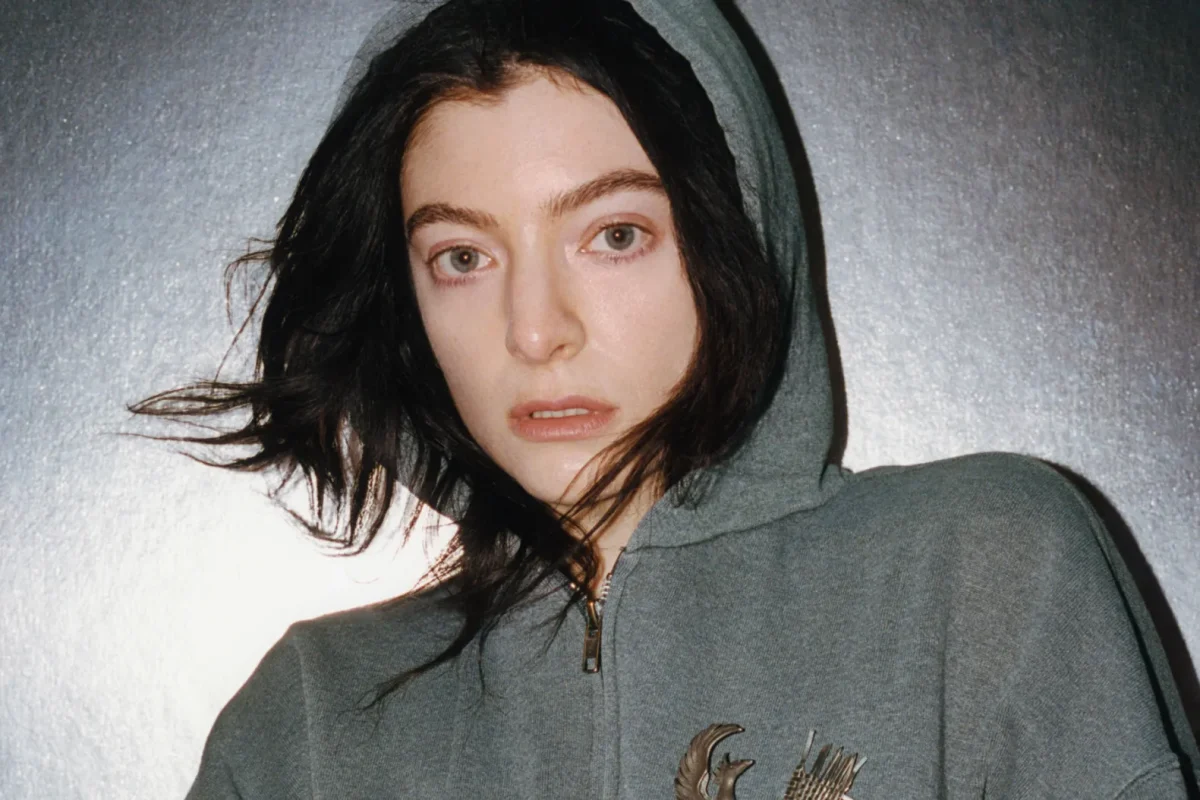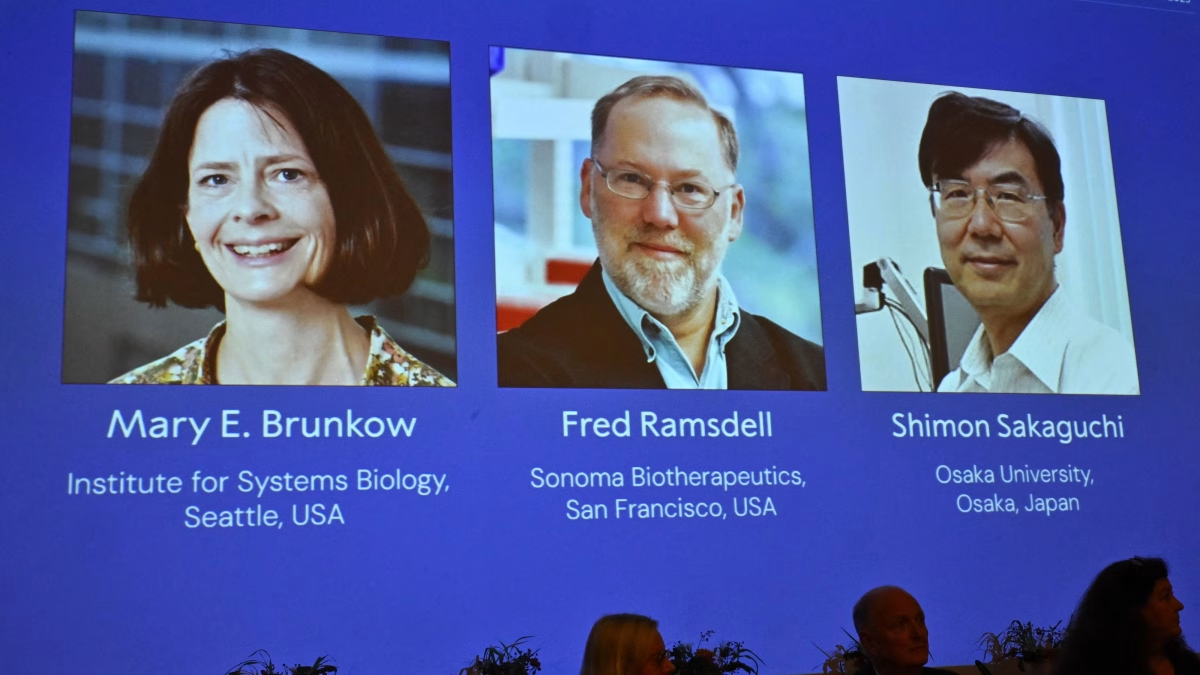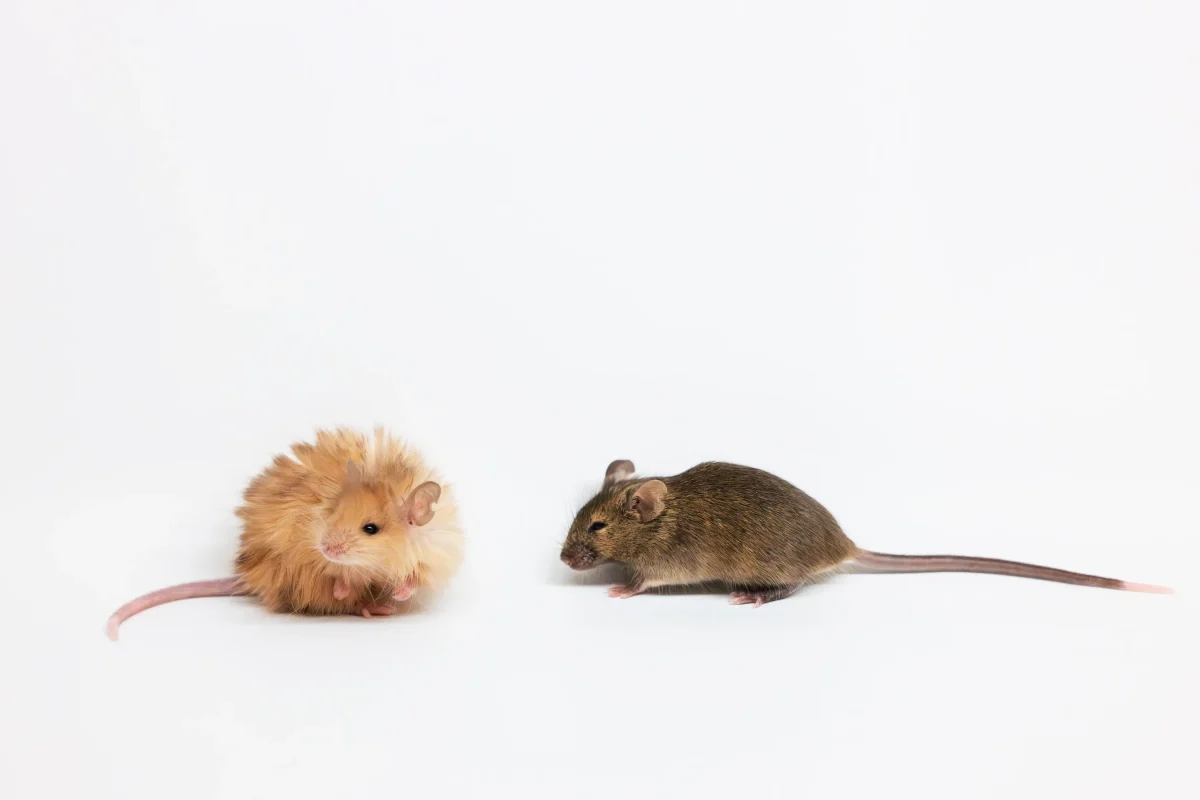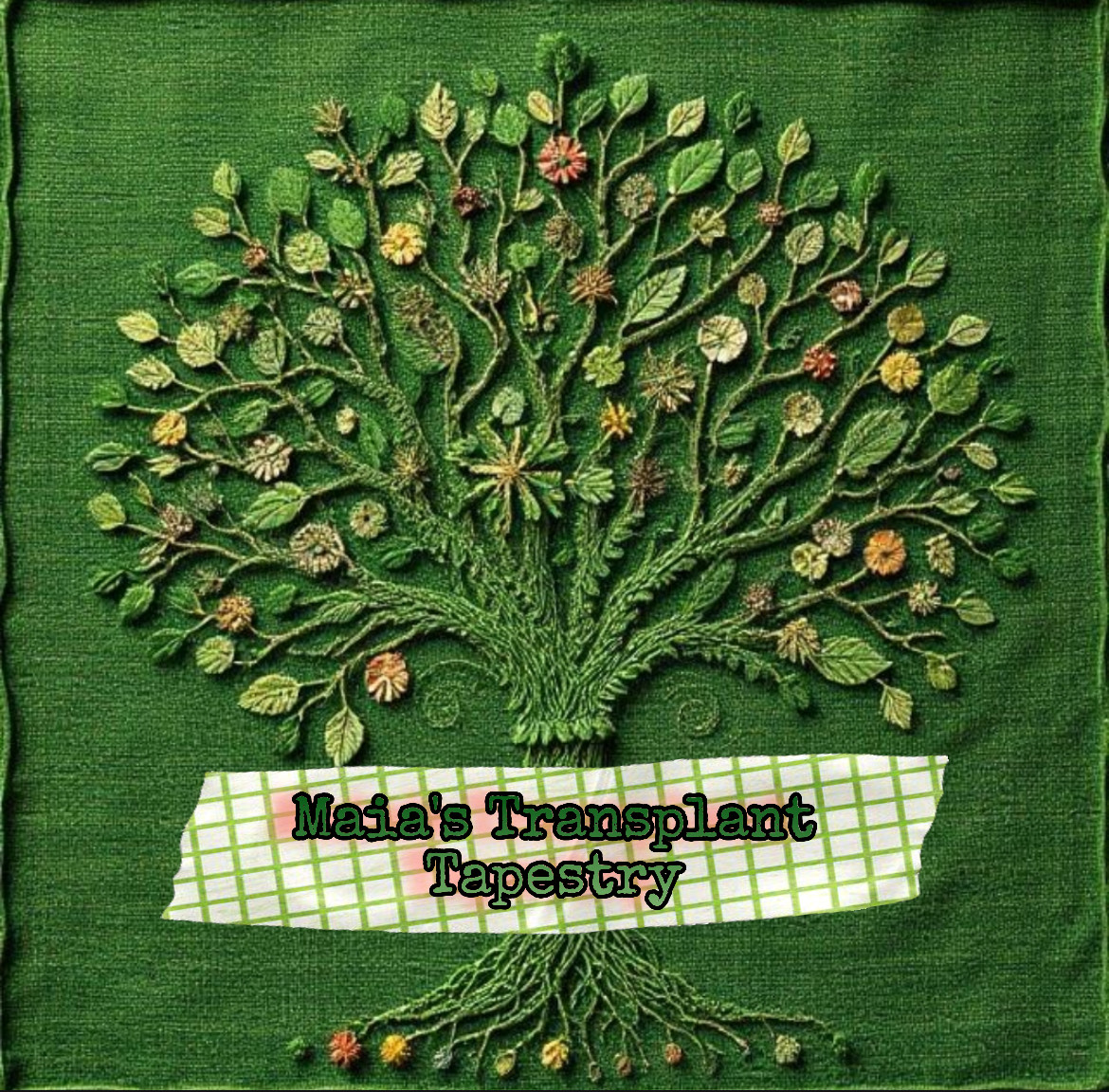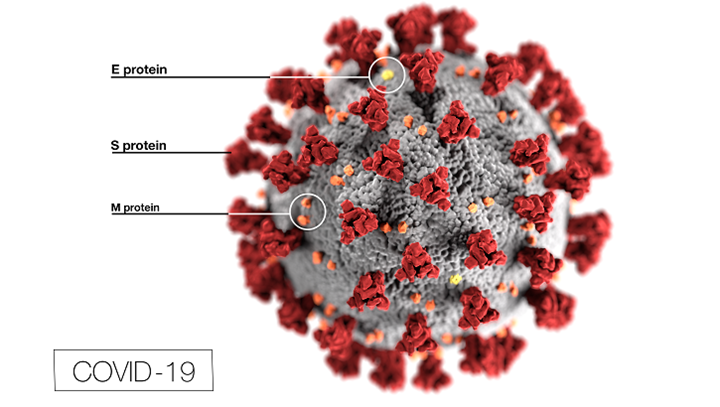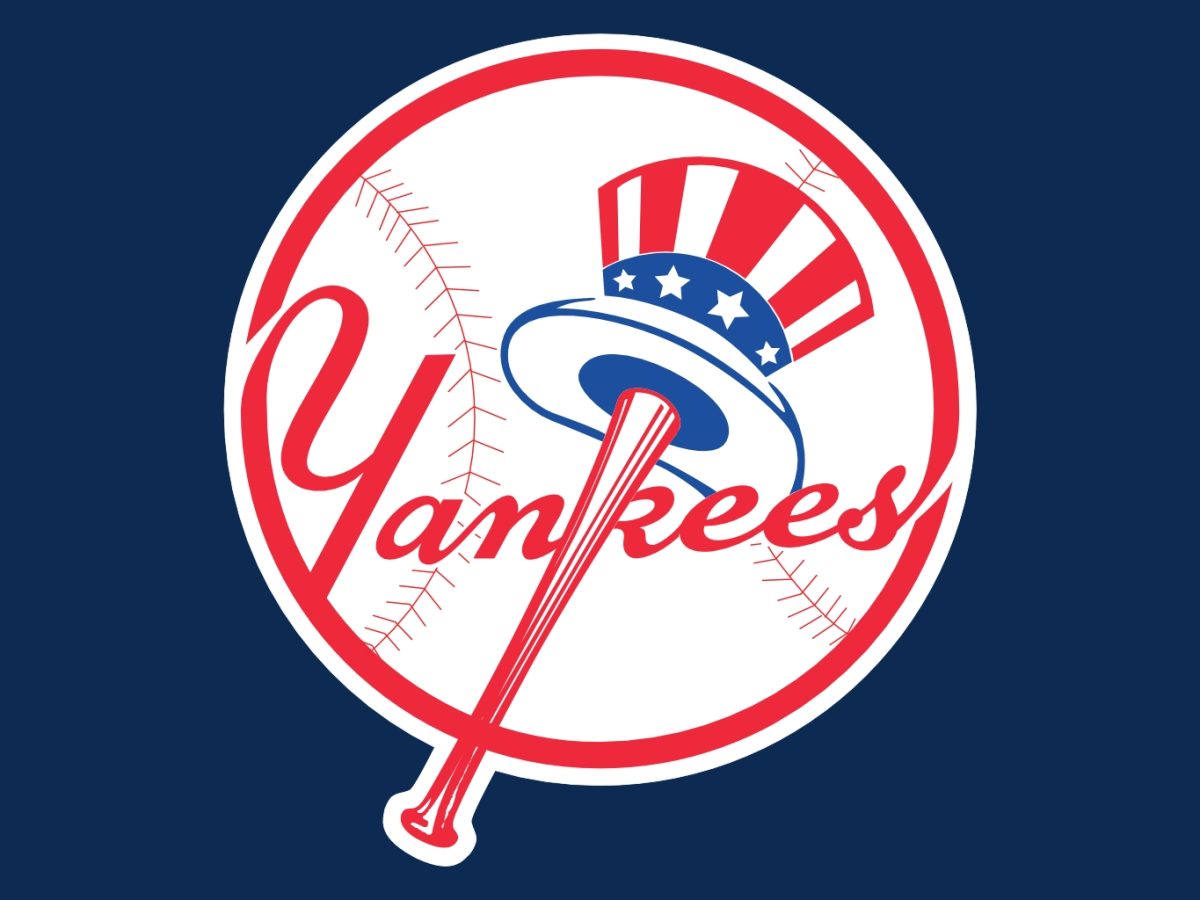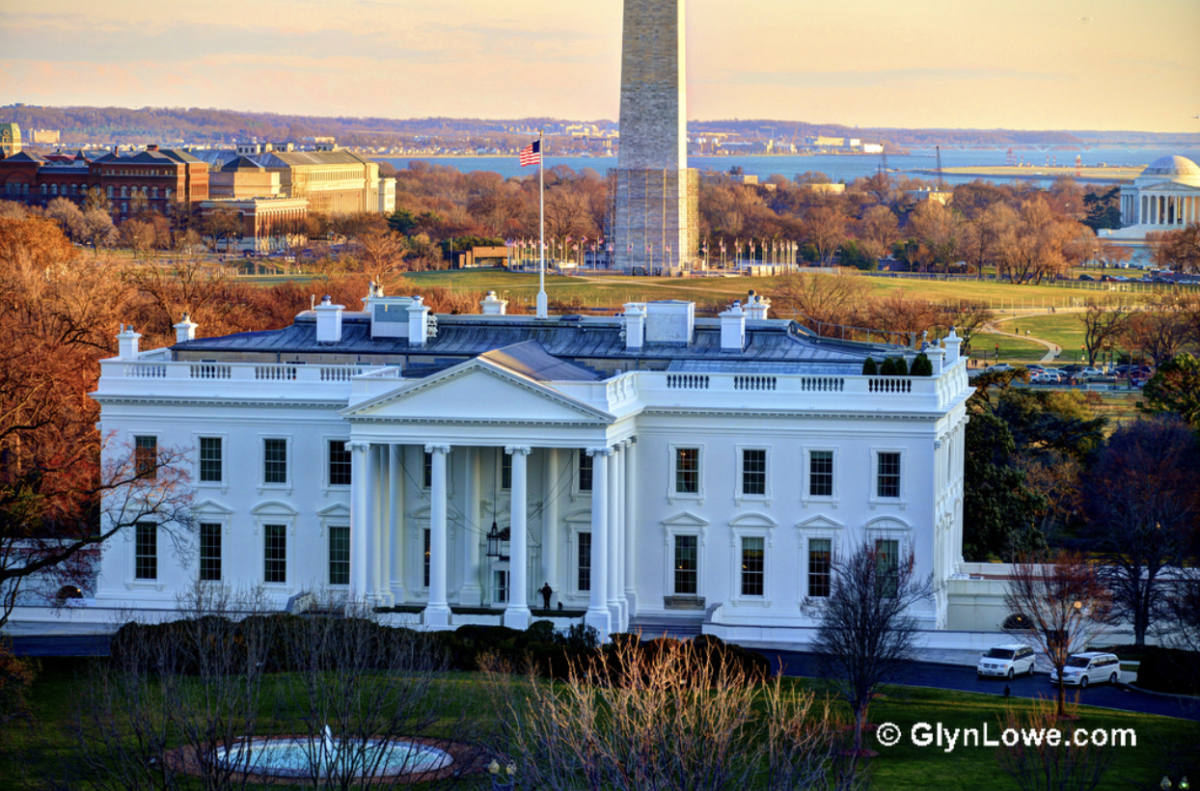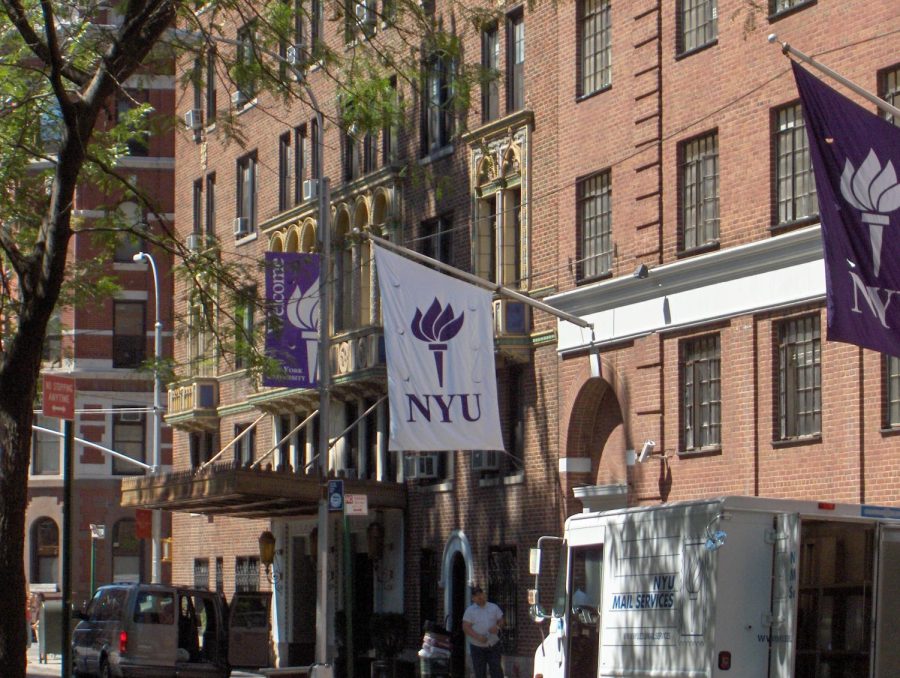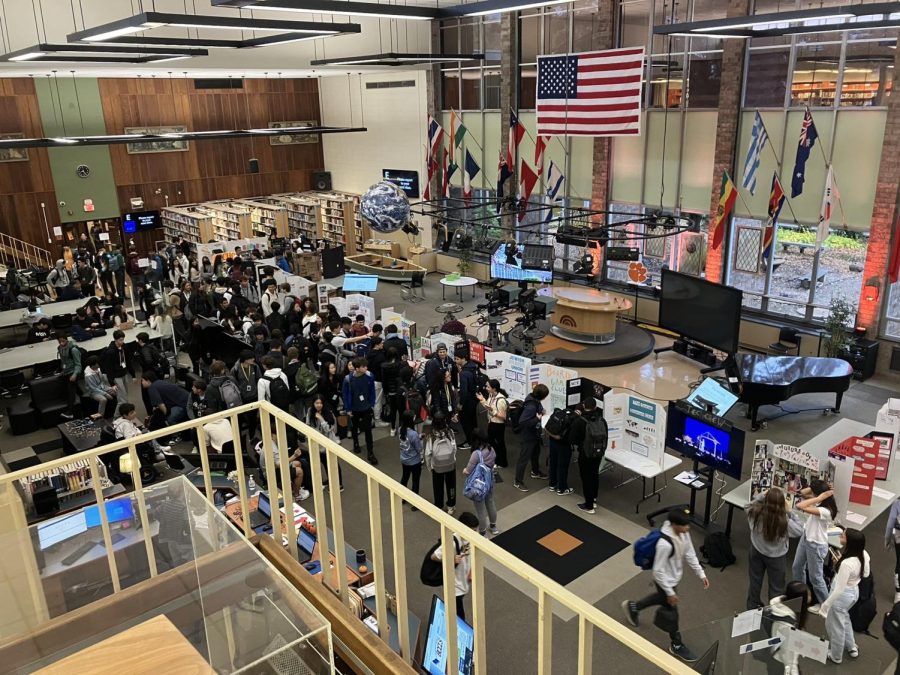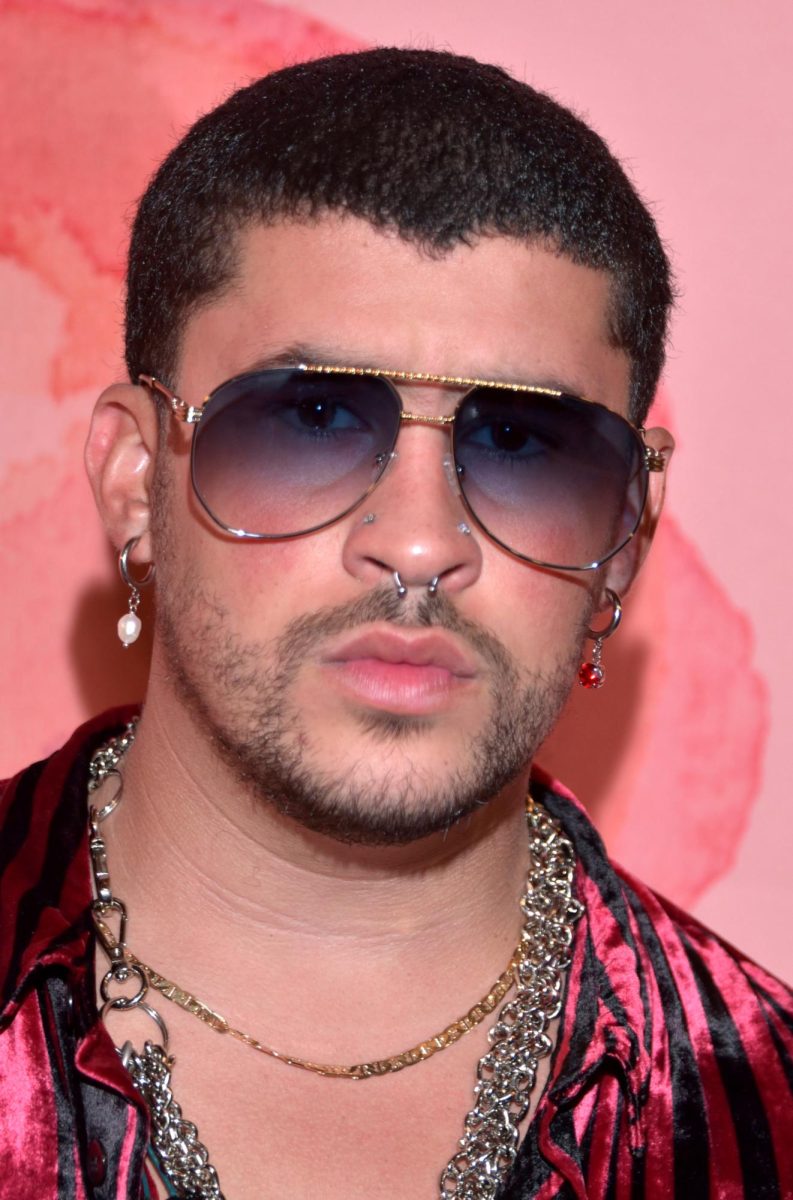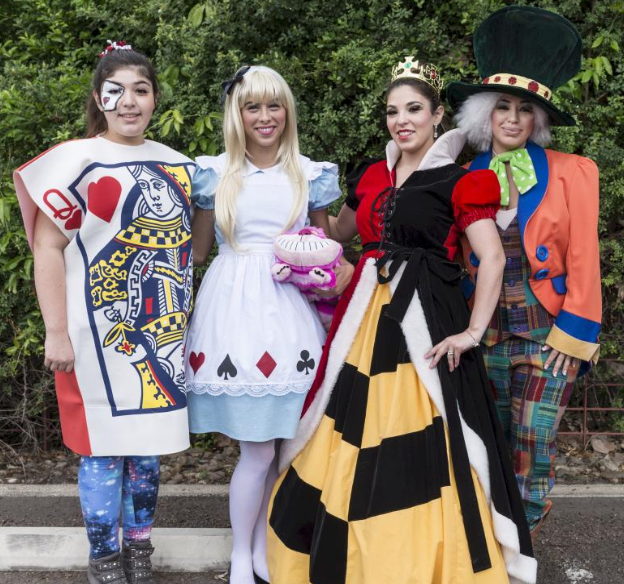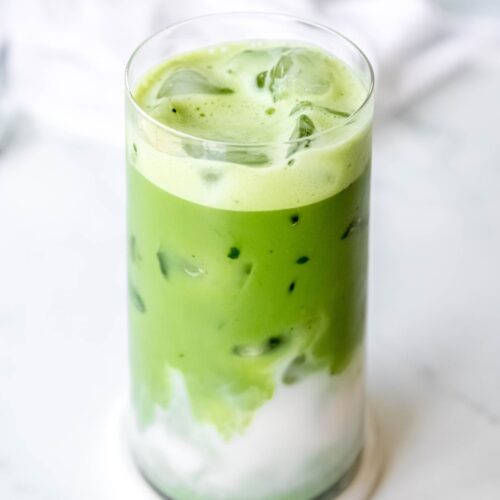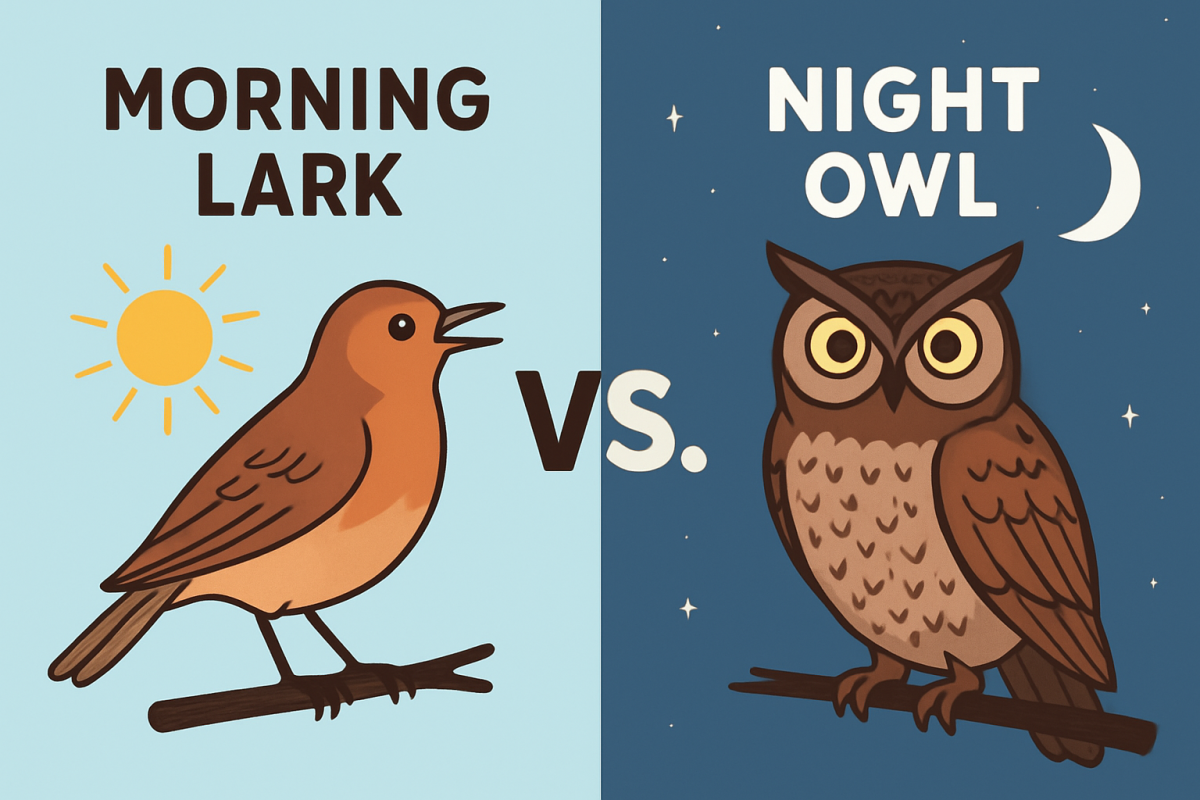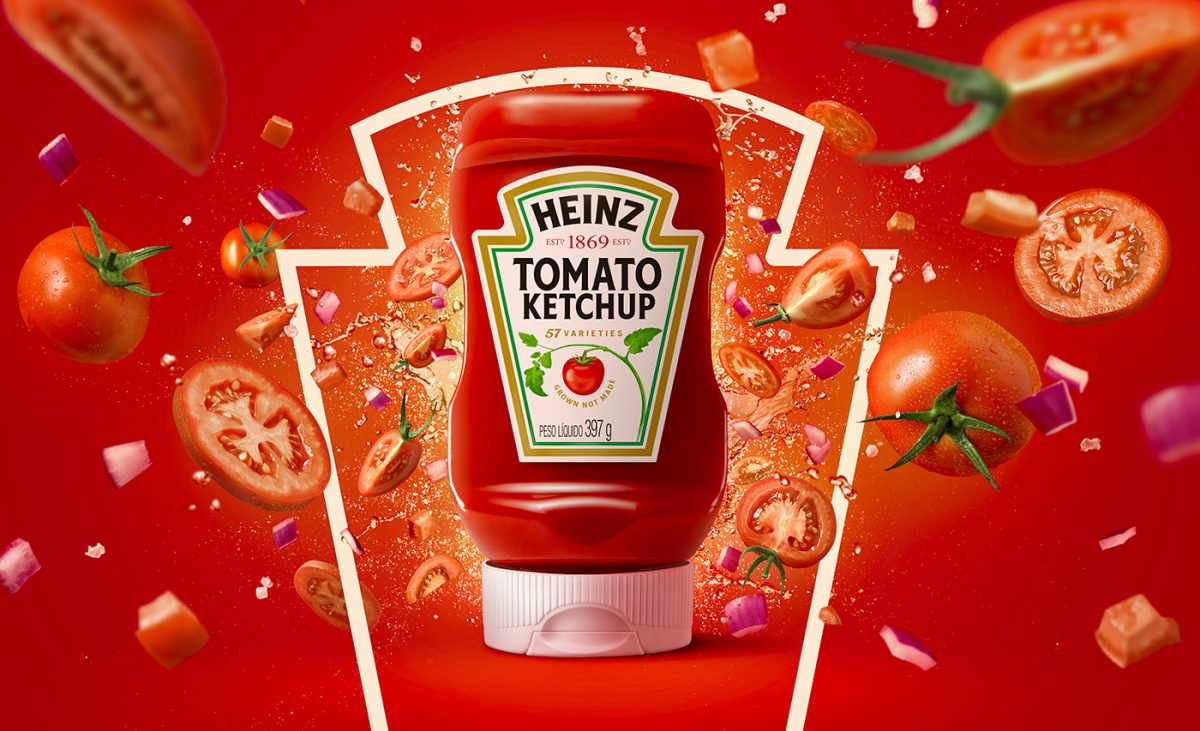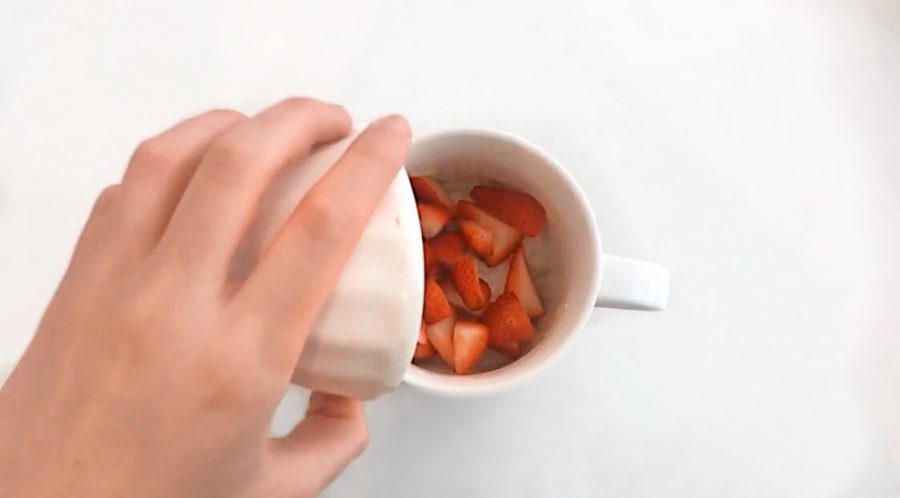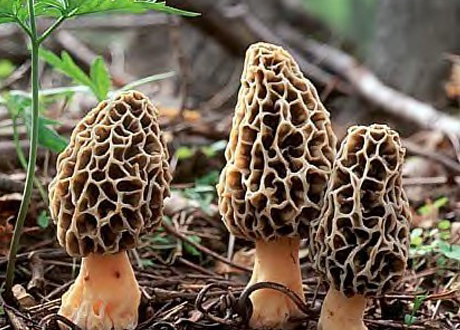Before you open a box of Brach’s Valentine’s Conversation Hearts today, think twice before you say, “BE MINE.” That’s because many Valentine’s Day treats and sweets contain Red Dye No. 3, a recently banned ingredient that is found in countless snacks—but not for much longer. As of January 15, 2025, the FDA officially banned the use of Red Dye No. 3 in food, beverages, and ingested drugs, a significant move that comes over three decades after scientific studies linked the additive to cancer in animals. Research has shown that Red Dye No. 3 can cause cancer, in particular thyroid cancer, as well as behavioral health issues like ADHD. The ban, which follows a petition filed in 2022, by advocacy groups and aligns with California’s earlier prohibition, gives food manufacturers “until January 15, 2027, and January 18, 2028, respectively, to reformulate their products,” according to CNN. This decision impacts domestic and imported food production, signaling a strong commitment to the safety of the United States.
The FDA conducted experiments regarding Red Dye No. 3 in 2022 by feeding it to male rats, which was shown to cause cancer in these lab rats. FDA officials invoked the Delaney Clause, which requires the FDA to ban any food additives that can cause cancer in animals. This was the same reason why Red Dye No. 3 was banned in cosmetics more than 30 years ago. However, the FDA did not follow through on this ban on food until now. Despite these experiments, there is still no strong link between Red Dye No. 3 and human cancer, since humans typically have much less exposure to the dye compared to animals. Nevertheless, thanks to the Delaney Clause and general public safety concerns, the FDA has banned the dye from foods, drinks, and ingested drugs.
The debate over whether both Red Dye No. 40 and Red Dye No. 3 should be eliminated has been a persistent and heated topic of discussion. It was ultimately determined that Red Dye No. 3 would be the only one banned. According to Cosmetics Info, Red Dye No. 40 is a water-soluble colorant that is used in our cosmetics and many popular food products like Doritos, Pepsi, and Skittles. The FDA has reviewed the safety of the dye and stated it can be safely used in both cosmetics and drugs.
To replace Red Dye No. 3, several natural alternatives are being considered. According to Alireza Abbaspourrad, the Youngkeun Joh Assistant Professor of Food and Ingredient Technology in the Department of Food Science at Cornell, his team’s goal is to “provide clean ways of modifying ingredients, using chemistry knowledge and technology that we develop in the lab, to help the food industry create healthier, more palatable foods.”
According to LiveNOW from FOX, beet extract is an example of a natural alternative to synthetic dyes, which offers the same vibrant red color in a much healthier way. However, it’s not the only option available to manufacturers. Other natural alternatives include purple sweet potato extract, radish pigments, and red cabbage extract. These plant-based replacements do the same as the typical red dye would do, providing rich tones. One other option is Carmine, which is extracted from cochineal insects. However, it may not be suitable for all consumers, particularly vegans.
Tenafly science teacher Mr. David Gagliardotto strongly supports the FDA’s ban on Red Dye No. 3, viewing it as a necessary health precaution. “I think that it’s a good ban to have,” he said. “Overall, there’s been studies that have shown that it’s been carcinogenic or cancer-causing since the ’80s.”
Some may say the ban is an overreaction, but Gagliardotto thinks the opposite.
“I think it’s a necessary step,” he said. “There seems to be no nutritional value, no value for companies to keep it in there other than just having [products] look a certain way.”
Many students also expressed concern about these dyes and how they can affect their bodies.
“I’ve been hearing a lot about how this red dye is toxic, and I don’t want toxic dyes in my body,” Ella Plotkin (’27) said.
As many countries have already banned synthetic dyes, US manufacturers are now prompted to reformulate their products with natural colorants, which could improve consumer trust and also add health benefits due to the fact that some of these plant-based alternatives contain antioxidants and other beneficial compounds.
The ban on Red Dye No. 3 isn’t just about changing the color of our favorite foods and drinks; it’s a wake-up call for the entire food industry. As manufacturers rush to reformulate their products, consumers can expect to see a shift towards more natural and healthier alternatives. The FDA’s decision may lead to more dyes being banned in the future. While some might miss the vibrant reds in their favorite snacks, the use of synthetics that are already banned in other countries won’t be missed here in America, leading to a healthier future for all.


















